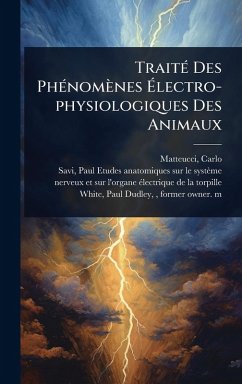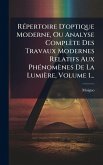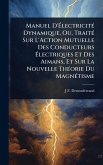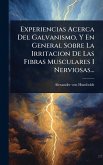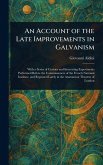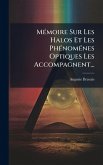TraitÃ(c) Des PhÃ(c)nomènes Ãlectro-physiologiques Des Animaux (Treatise on the Electrophysiological Phenomena of Animals) is a significant 19th-century scientific work by Carlo Matteucci. This treatise delves into the electrophysiological phenomena observed in animals, exploring the intricate relationship between electricity and life. Matteucci's research, complemented by Paul Savi's anatomical studies on the nervous system and the electrical organ of the torpedo fish, offers invaluable insights into the functioning of living organisms. This historical text provides a detailed examination of early electrophysiological experiments and discoveries, reflecting the scientific curiosity and methodological approaches of the era. A valuable resource for historians of science and anyone interested in the development of our understanding of bioelectricity and nervous system function. This work has been selected by scholars as being culturally important, and is part of the knowledge base of civilization as we know it. This work was reproduced from the original artifact, and remains as true to the original work as possible. Therefore, you will see the original copyright references, library stamps (as most of these works have been housed in our most important libraries around the world), and other notations in the work. This work is in the public domain in the United States of America, and possibly other nations. Within the United States, you may freely copy and distribute this work, as no entity (individual or corporate) has a copyright on the body of the work. As a reproduction of a historical artifact, this work may contain missing or blurred pages, poor pictures, errant marks, etc. Scholars believe, and we concur, that this work is important enough to be preserved, reproduced, and made generally available to the public. We appreciate your support of the preservation process, and thank you for being an important part of keeping this knowledge alive and relevant.
Bitte wählen Sie Ihr Anliegen aus.
Rechnungen
Retourenschein anfordern
Bestellstatus
Storno

